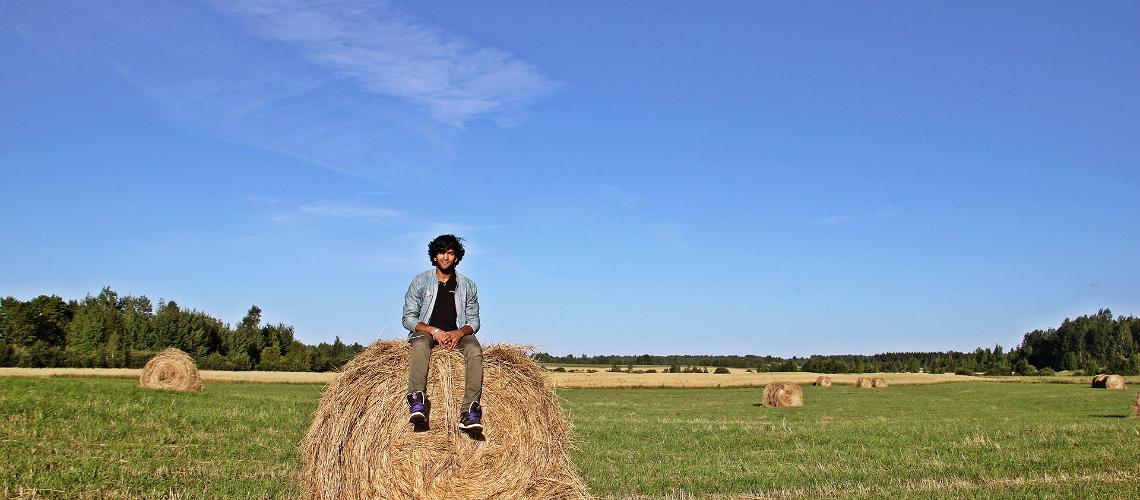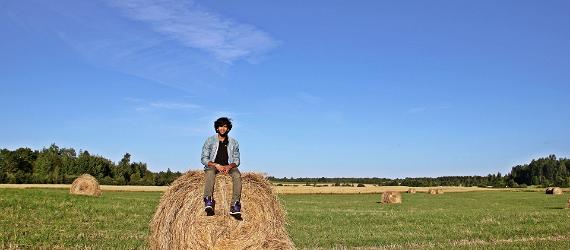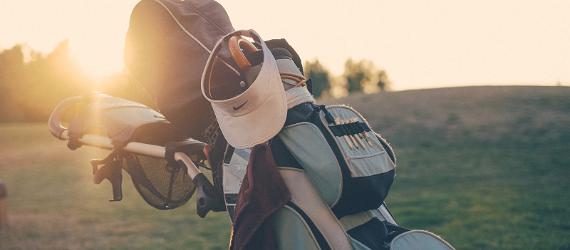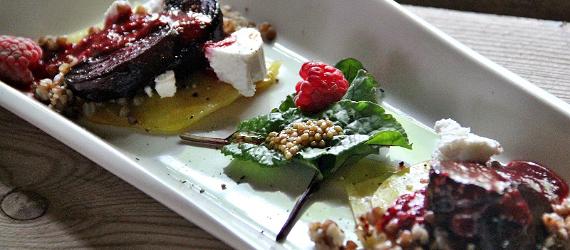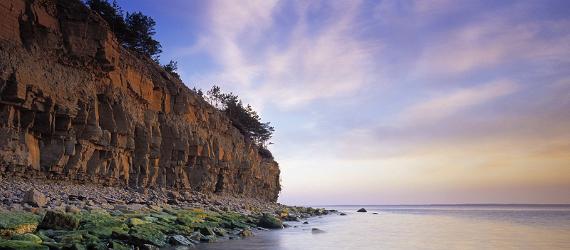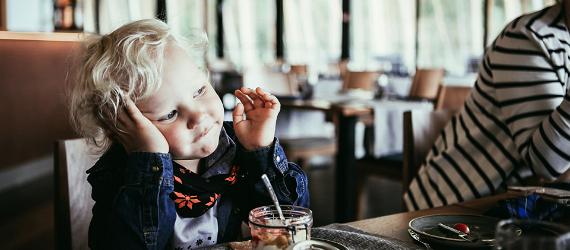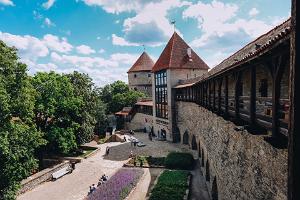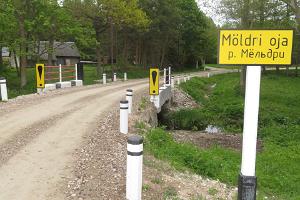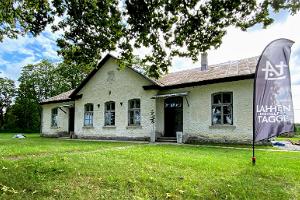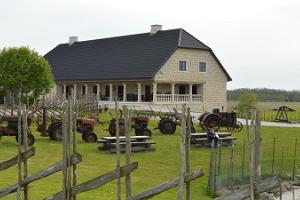Saaremaa & Muhu islands
Estonia’s largest and third largest island are almost addictive: it is best to spend one’s summer holiday away from the mainland, in a completely different scenery, while staying at a tourism farm; whereas in the winter, it is superb to relax at spas.
Thanks to its mild climate and lime-rich soil, Saaremaa and Muhu islands have very diverse flora and fauna. Nature enthusiasts are welcome to explore study trails at the Viidumäe Nature Reserve and the Vilsandi National Park, which boasts thousands of migratory birds and wild orchids.
Exciting destinations also include the famous Kaali Meteorite Crater Field (which is the first scientifically proven meteorite crater in Europe) and the Panga Cliff, which is perfect for scenic walks, and the Järve beach, which is a great spot for sunbathing. Small islands Vilsandi, Abruka, Ruhnu and Viirelaid are great locations all year round.
Those interested in local culture will surely enjoy visits to medieval stone churches, ruins of the Maas castle, Sõrve lighthouse and military buildings, Mihkli farm museum and the Kuressaare old town. The Kuressaare Castle is one of the best-preserved establishments of its kind in the Baltics. The Angla Windmill Mount is worthy of a visit as it houses famous windmills of the region, where you can pick up some handicrafts skills.
Kuressaare, which has a long history as a resort town, likely has the highest number of spas per capita in the world – it has one spa location for every ten inhabitants. There are suitable spa services for those who need medical spe treatments and those who have arrived for a relaxing spa vacation and fun times with their family. After spa procedures it is great to walk in the lovely old town and take in the architecture, cafés and galleries.
The highlights of Muhu include the Koguva village with stone fences, Üügu cliff and one of Estonia’s oldest holy places – St. Catherine’s Church with its pagan tombstones. The ancient tradition of painting doors and decorating them with magical symbols has been revived in Muhu. The Muhu island is also home to an ostrich farm and the Tihuse horse tourism farm. the famous Muhu dark brad, wonderful handicrafts and great eateries can be found at the Liiva Centre. Pädaste Manor stands out with its architecture and high level culinary experiences.
The most significant events include the Kuressaare Street Festival, Saaremaa Opera Days, Kuressaare Maritime Festival, Muhu music of the future festival “Juu Jääb”, experience festival “I Land Sounds”, Saaremaa Rally and the last festival of the season – Saaremaa Food Festival with a street picnic.
In 2007, the European Commission launched the European Destinations of Excellence (EDEN) competition. Muhu island was the nominee in 2010 in category “EDEN. Estonia’s hidden treasures. Water tourism”.
Saaremaa is also on the 2020 Sustainable Top 100 destinations list. The competition for international sustainable travel destination success stories is organised by Green Destinations to recognise places that put effort into making the experience of visitors more sustainable and value-based. Saaremaa’s success story is the music festival I Land Sound, which is known for its initiatives aimed at reducing the ecological footprint of the event. There aren’t many festivals that establish an optimum limit on the number of guests. In addition to visitors, the 5000-person limit included the management team, performers and sponsors. The organisers initially banned disposable tableware and replaced them with biodegradable ones. However, in 2019 only ceramic tableware were used and dish-washing stations were set up on the festival grounds, where people could wash their dishes with eco-friendly soap. As a result, the four-day festival saved 25,000 plastic cups and 240,000 plastic plates and utensils from going to the bin.
See & Do
Information on search results display in Article 12 of the Terms of Use.
















